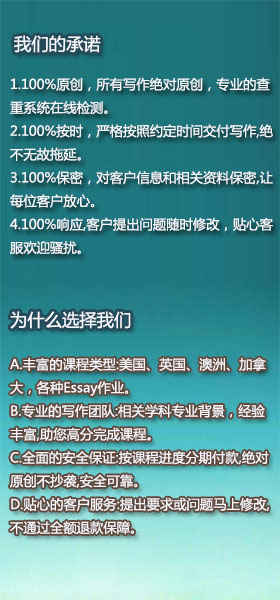re lead to the domestic money market rate falls sharply, which would mean a too expansionary monetary policy. However, the central bank can neutralize the excess liquidity through its monetary policy instruments ('sterilization') by:
loans to the domestic banking system reduced accordingly, or
the banks current interest-bearing securities or
an interest-bearing demand deposit offering ('deposit facility').
If a central bank has a sufficient volume of such instruments has, so they can pursue an independent interest rate policy despite its foreign exchange market interventions. The only restriction that they must take into accounts yet, the cost of the interventions. These arise in part as the difference between:
the interest rate on the domestic currency: this has to be paid on the deposit facility or for the short-term securities issued. It also determines the opportunity cost of a lower stock of loans to the banking system; and
the interest rate on the purchased currency: this determines the income arising from the purchase of foreign exchange, since such funds are invested by a central bank always earn interest on the money market of the country with the weak currency.
A second component of sterilization cost is the exchange rate movements between the domestic and the foreign currency:
Evaluates the domestic currency, the central bank incurred valuation losses because the value of the currency reserves decreases in domestic currency.
For a depreciation of the domestic currency valuation gains arising on the other hand.
The entire sterilization costs are the sum of these two components. Sterilized interventions are therefore always free if the domestic interest rate is higher (lower) than the foreign interest rate and the domestic currency devalued precisely the extent of the interest rate differential with respect to the foreign currency (upgraded) is. If a central bank wants to keep their sterilization costs low, so it should ensure that the controlled of their exchange rate path is not too much different from the prevailing interest rate differentials.
On the whole, so you can hold on to the policy of 'managed floating', that this
is particularly efficient if a central bank intervenes in a situation of upward pressure,
stability is politically acceptable, if a central bank has a sufficiently high sterilization potential,
is associated with very low cost, if the central bank in case of a positive interest rate differential vis the exchange rate controls so that the devaluation of the difference corresponds.
5. Advantages of 'managed floating' “管理浮动”的优势
Overall, proves the 'managed floating' as a pragmatic approach of the vagaries of a purely market-determined exchange rate, as well as avoiding the rigidity of a fixed rate or a pre-announced exchange rate path. Examples of successful 'managed floating' are:
the interventions of the Bank of Japan in phase from June 1999 to June 2000: the Bank of Japan bought this time to around $ 100 billion and prevented an appreciation of the yen below the threshold of 100 yen / dollar; you can imagine what would have meant such an appreciation for the Japanese economy is easy;
the interventions of Korea and Thailand in the period from 1998 to the present: in these countries was also very large sums (Korea around





